| The Galvin (Motorola) Handie-Talkie. | ||
|
|
||
|
This is one of my Handie-Talkies. There were six variants; A to F. Mine are both F models, manufactured by the Galvin Manufacturing Corporation in 1945. |
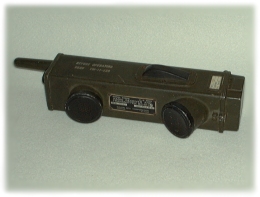
|
|
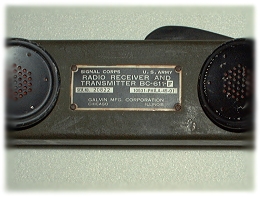
|
Here is a close-up of the data plate on one of the radios. As you can see it is manufactured by the Galvin Manufacturing Corporation of Chicago. Many other companies made these
radios for the U.S. Signal Corps to Galvin's design. |
|
|
This is a Signal Corps BX-49 crystal set. Specifically for use with the BC-611, it contains 12 sets of transmit and receive crystals along with the corresponding tank and
antenna coils. There are also 12 further holes to hold spare valves (tubes). |
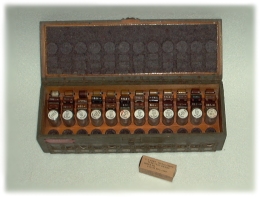
|
|
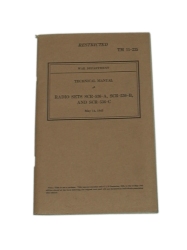
|
This is TM-11-235 - the operators manual for the BC-611. It is an extensive document which details all variants of the radio and describes the set-up procedure. |
|
|
This is the first page of TM-11-235 which describes possible methods of destroying the radio and associated equipment should capture by the enemy be certain. |
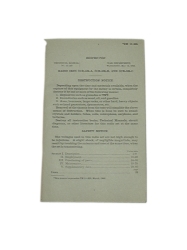
|
|
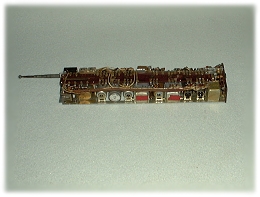
|
This is a BC-611 chassis - a very impressive shoe horn operation to fit all that valve circuitry into such a tiny space. Most of the space in the case was taken up by the batteries! The original 103.5V high tension batteries are no longer available for these radios, but Army Radio Sales sell a small inverter module which allows you to power the BC-611 with four modern 1.5V D-cells. |
|
|
I was told this padded bag is a "drop case" for a BC-611. However the 1945 version of the manual suggests this was actually for use with the homing device which was a later accessory. It seems this was also the reason for the release of the alternative battery cover mentioned earlier. |
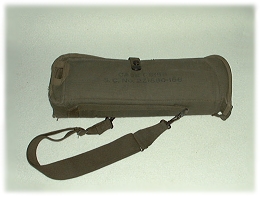
|
|
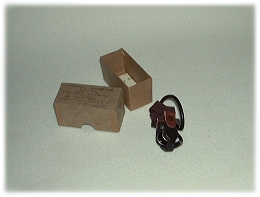
|
This is a Shure Brothers T-30 throat microphone which could be used along with an HS-30 headset on the F type sets with the alternative battery cover. |
|
|
BC-611 cartoon from the manual. |
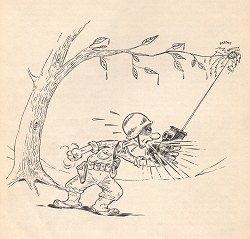
|
|
|
|
||
| Press button |

|
for homepage |
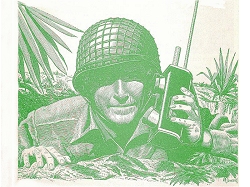 I always wanted some of these when I was a kid, but I could never afford them. When
I discovered their link to Motorola I had a good reason to get one, well two actually!
I always wanted some of these when I was a kid, but I could never afford them. When
I discovered their link to Motorola I had a good reason to get one, well two actually!